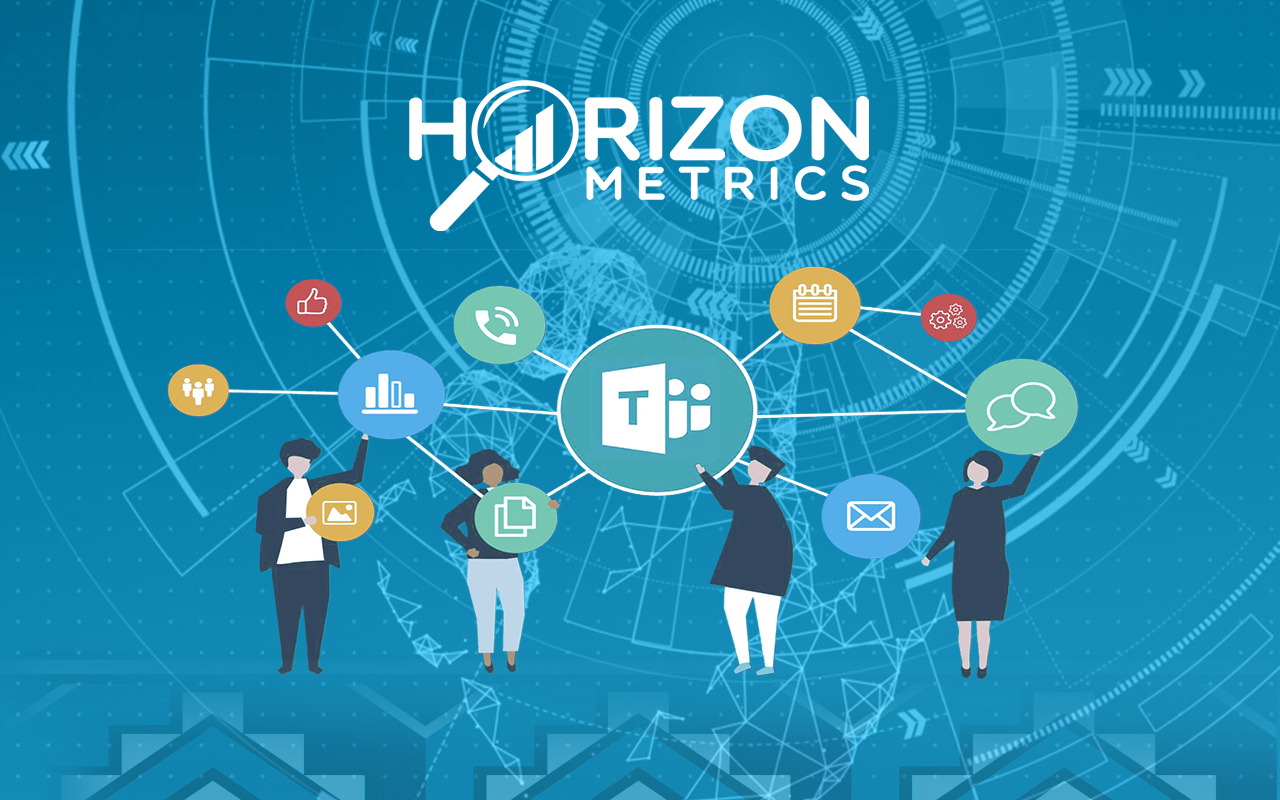
Digital maturity refers to an organization's ability to leverage digital technologies to drive business growth, improve customer engagement and achieve operational excellence. As technology continues to evolve, it is becoming increasingly important for organizations to assess and improve their digital maturity in order to stay competitive.
One way organizations can assess and improve their digital maturity is by using a digital maturity framework. A digital maturity framework is a tool that organizations can use to measure their digital capabilities and identify areas for improvement. One example of a widely used digital maturity framework is the Digital Maturity Model (DMM), which is a comprehensive and holistic model that provides a structured and measurable way to evaluate and improve digital maturity. The DMM framework assesses an organization's digital maturity across four key dimensions: strategy, people, process, and technology.
To improve an organization's digital maturity using the DMM or any other framework, organizations can follow these steps:
1. Assess your organization's current digital maturity using the DMM or any other digital maturity framework.
2. Identify areas for improvement by evaluating your organization's digital capabilities across the key dimensions of strategy, people, process, and technology.
3. Develop a plan to address the identified areas for improvement, which may involve investing in new technology, developing digital skills, or re-engineering processes.
4. Implement the plan and monitor progress regularly.
5. Continuously reassess your digital maturity to ensure that you are keeping up with the latest technologies and trends, and update your plan as needed.
Once an organization has assessed its digital maturity, the next step is to identify areas for improvement and develop a plan to address them. This may involve investing in new technology, developing digital skills, or re-engineering processes. It's important to note that improving digital maturity is an ongoing process, and organizations should regularly reassess their digital maturity to ensure they are keeping up with the latest technologies and trends.
In conclusion, assessing and improving digital maturity is essential for organizations to stay competitive in today's digital age. A digital maturity framework such as the DMM is a useful tool for organizations to measure and enhance their digital capabilities. By regularly assessing and improving digital maturity, organizations can ensure that they are leveraging digital technologies to drive business growth and achieve operational excellence.
